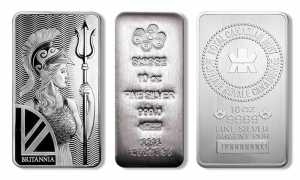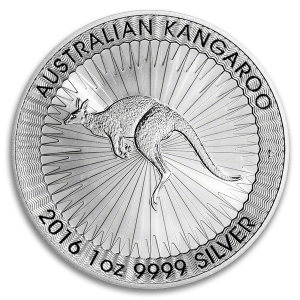$1 Morgan MS65 Certified (Dates/Types Vary)
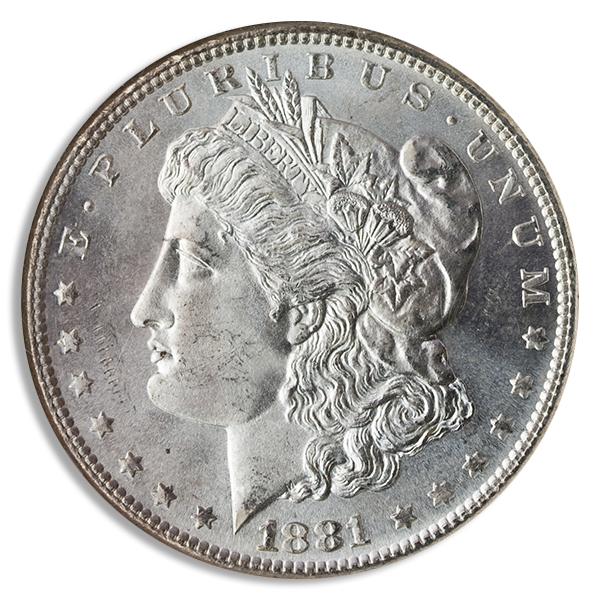
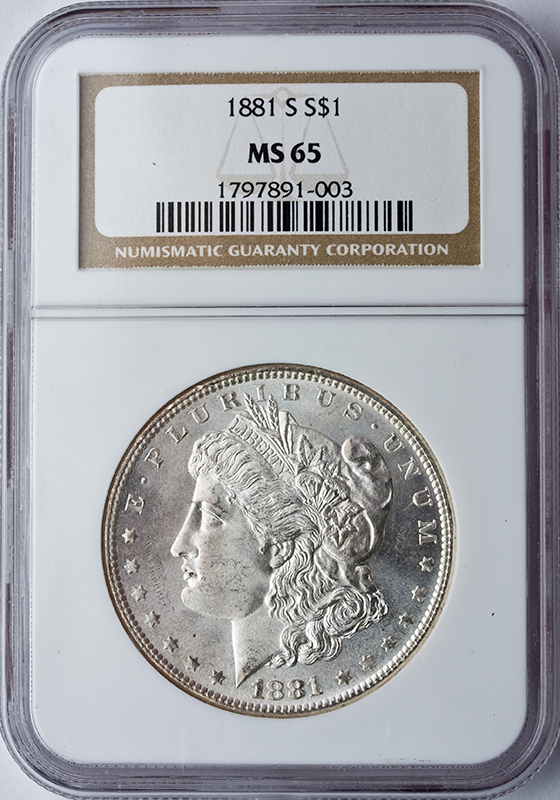

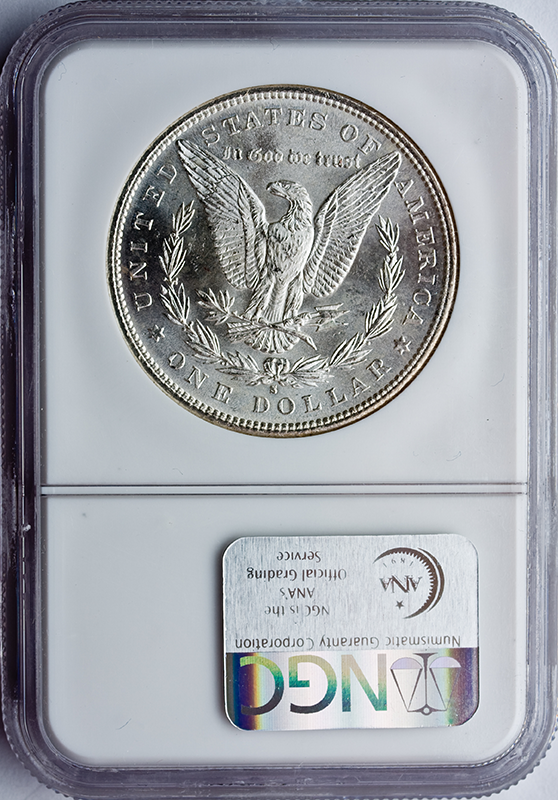



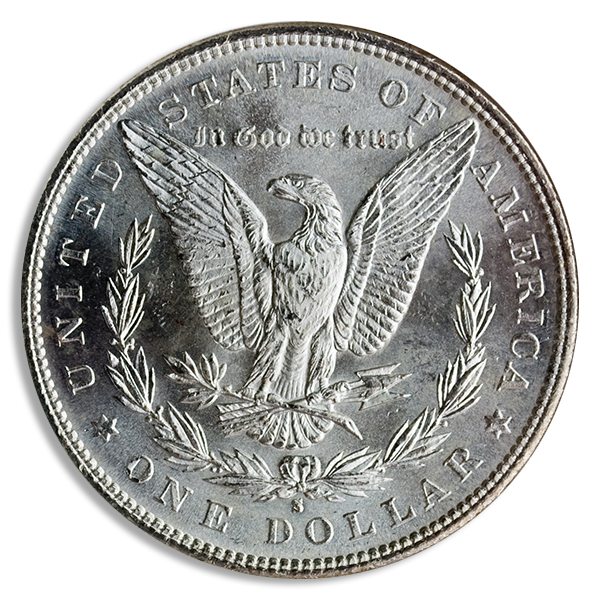

| George Morgan, born in 1845 in Birmingham, England, created the design of what we now know as the Morgan Silver Dollar. While working at the Royal Mint in London, Morgan received an offer to join the U.S. Mint in Philadelphia as a die-sinker. He moved to America in 1876 and started designing silver coins soon after his arrival. The Bland-Allison Act of February 28, 1878, prompted the introduction of this new silver dollar design. Previously, silver dollars relied on individuals bringing silver bullion to the mint. The 1878 act allowed for the creation of silver dollars using government-purchased bullion. The coin’s obverse features Liberty wearing a Phrygian cap, symbolizing freedom. The cap bears a wreath of wheat and cotton, symbolizing the unity of the American North and South. It also includes 13 stars for the original colonies, the motto "e pluribus unum," and the minting date. The reverse shows an eagle with outstretched wings, an olive branch in one claw and arrows in the other, surrounded by an olive wreath. Above the eagle appears the phrase "In God We Trust.” The words "United States of America" and "One Dollar" complete the design. From 1878 to 1904, about 570 million Morgan Silver Dollars were minted. No silver dollars were minted from 1905 to 1920, and 270 million pieces were melted after WWI. In 1921, the Morgan design returned with minor changes until the Peace Dollar design replaced it later that year. Collecting Morgan dollars became a hobby soon after their first release in 1878. Initially, numismatists collected proof and pattern coins. Following the publication of Augustus Heaton’s “A Treatise on Coinage of the United States Branch Mints,” enthusiasts started to collect Morgan dollars by date and mint mark. In the late 1950s, The Comprehensive Catalog and Encyclopedia of Morgan & Peace Dollars (AKA the “VAM book”) by Leroy Van Allen and A. George Mallis sparked interest in collecting these dollars by variety. Top 100 Morgan Dollar Varieties: The VAM Keys by Michael S. Fey and Jeff Oxman strengthened this trend. You can collect these striking historical pieces in various ways, e.g., as individual examples of a type, a complete set, or focusing on specific dates or unique varieties. |





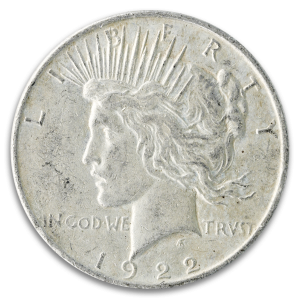
 Quick View
Quick View